As a kid growing up along the Gatineau River in Quebec, watching tugboats pulling log booms down the river was commonplace, and logs that got loose were a great source of entertainment and exploration. Any that were big enough to hold a bunch of kids for log rolling competitions were highly coveted.
There were legitimate reasons for stopping the log drive, but you cannot deny that a flowing river is a pretty efficient way to transport lumber, as it still is in many parts of the world. And of all the logs that passed by, there were many others that sank before they reached their destination.
Be it folklore or fact, I've heard that the Gatineau River for one, is several feet deep with logs at the bottom. This may or may not be true, but even if it's a foot deep with logs, that's a whole bunch of forest down there.

There have been a few times in my life when the water level was so low that you could see a tangled mess of logs poking up through the surface, so I for one don't doubt the estimates.
And that is just one bay on one river in this vast country of ours. During the peak of the log drive in the latter part of the 20th century, 1.3 million cubic meters of wood was floated down the Gatineau River each year.
From the 1830s to the last log drive on the Gatineau River in 1990, logs travelled some 400km until they arrived at the mill on the Ottawa River, just a stone's throw from Parliament Hill. Ontario logs came down the Ottawa River headed for that same mill.
Along the Ottawa River and its tributaries is where Logs End operates, a salvage company that has been diving down and hauling up 19th century timber since 1997.
"There are some areas where logs are hard to find, others where they are lying on top of each other," says Rob Black of Logs End. And regarding quality he adds, "the dense forest canopies of the 19th century caused trees to grow slow and straight. This resulted in wood with very tight grain and rich colours, providing a strength and beauty that you just don't find anymore with modern logging practices."

And that strength isn't diminished by being submerged for centuries. It may seem counterintuitive, but underwater is a great place to store wood. Water pressure forces the sap from trees, so the wood is actually quite well preserved.
There are also dimensions of logs at the bottom of our rivers that are a rare sight in today's forests, permitting board sizes virtually unheard of in modern lumberyards.
Rob Black goes on to say "We are starting with a raw material that has had the sap and resin forced out of it by a century of water pressure. This leads to a much more stable product, allowing for wider widths in our flooring, without the risk of cupping."
So as far as 'eco' building materials go, it doesn't get much better than this. The end product is of superior quality, and you are essentially cleaning up rivers and saving forests at the same time.
And from an historical point of view, there is a Canadian heritage that is being brought to the surface here. Making useful building materials from this hidden resource means that the efforts of the men pictured below were not wasted.

The following images of finished flooring are testament to the quality of reclaimed river wood, and are courtesy of Logs End based in Ottawa, Ontario, Canada.
 |
|
|
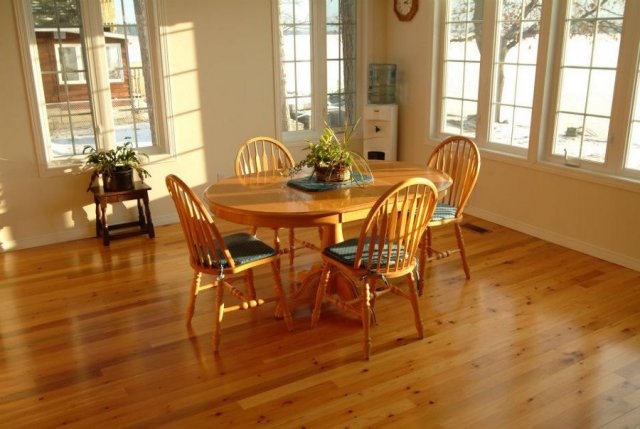 |
|
|
 |
|
|


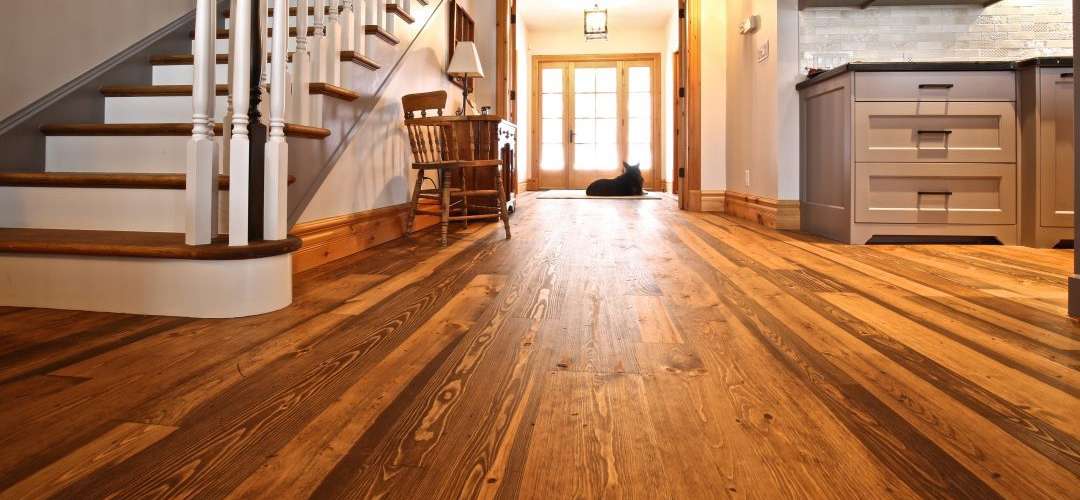





















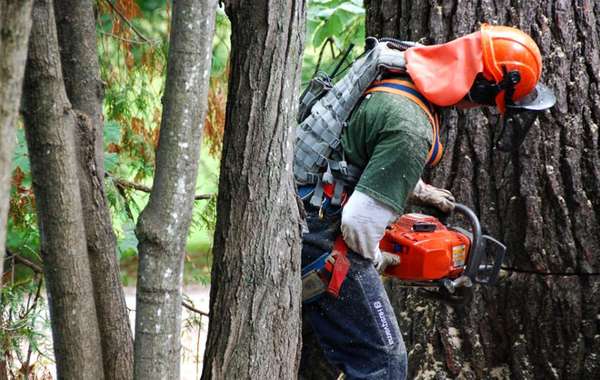
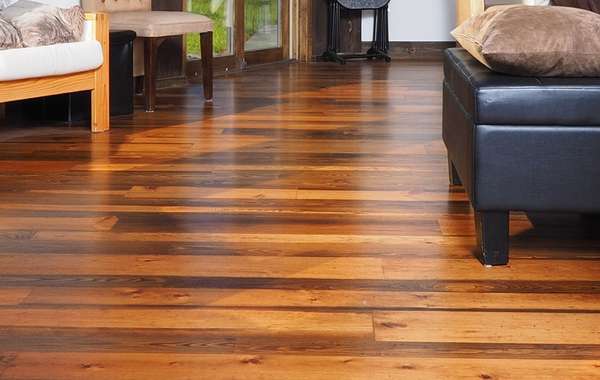
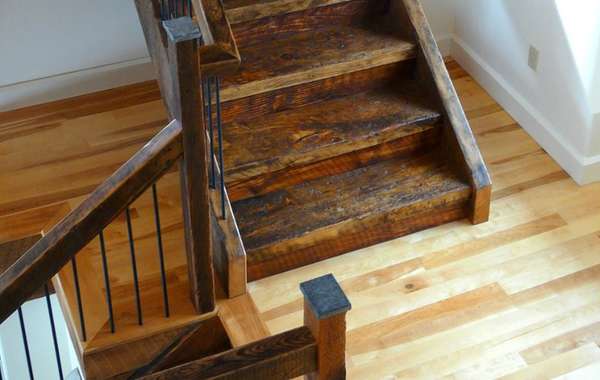

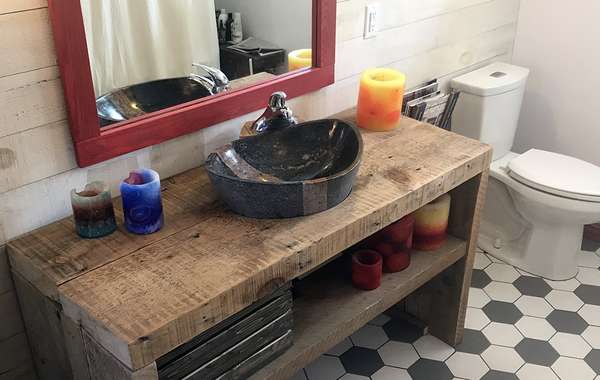
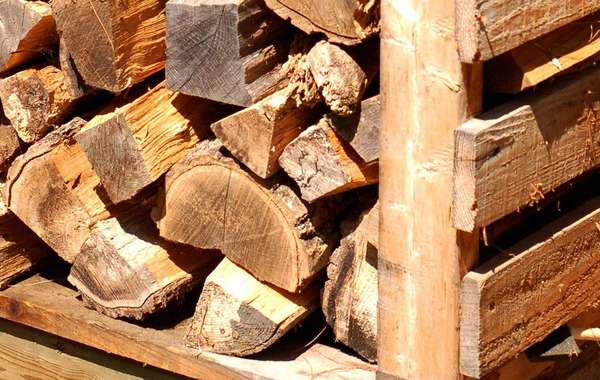

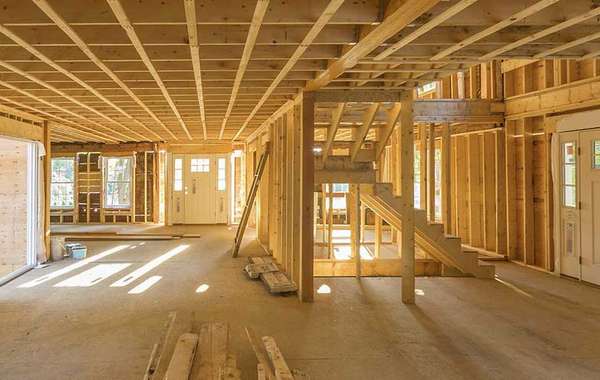
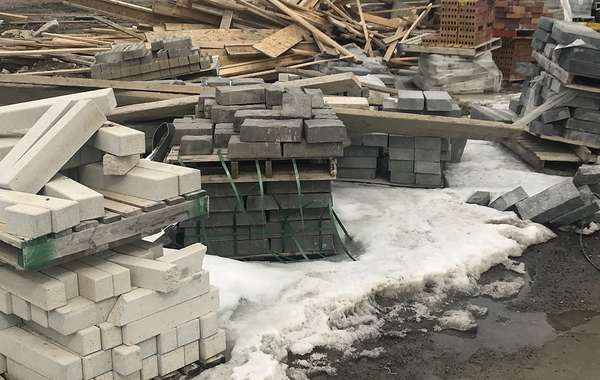
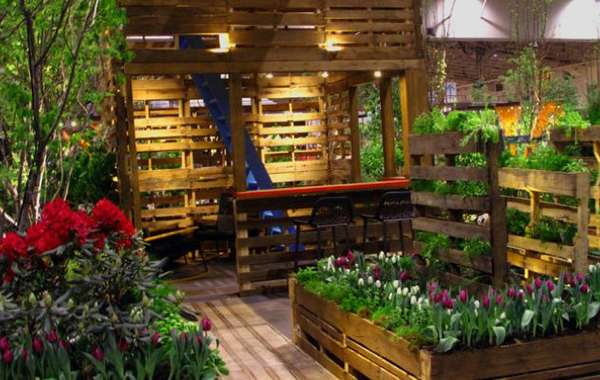

Deadheads worth some big $$
were can I find buyers for underwater exotic logs
In Ottawa you can find them at Logs End (link on the page above) and elsewhere try a google search of 'reclaimed river wood flooring' and your region, you may have some luck. Regards.